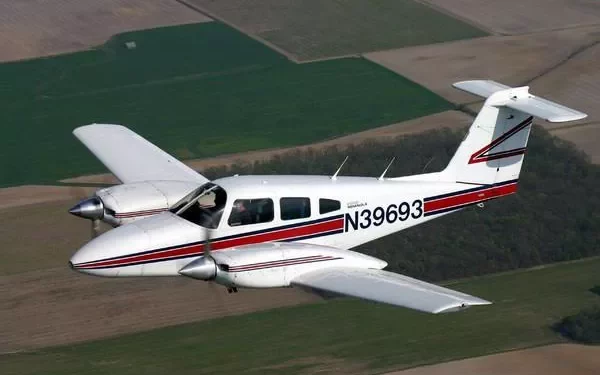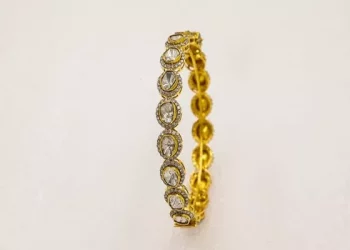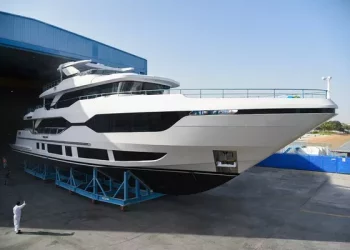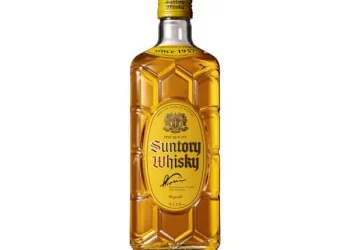We know that aircraft icing will bring great safety risks to the flying aircraft, so do you know what are the ice types of aircraft icing?
What accounts for the different types of freezing?
The shape of ice on the upwind surface of an aircraft is related to many parameters, such as the speed of the aircraft, the time it takes to pass through the cloud, the liquid water content of the cloud, the diameter of the water droplets, and the temperature of the water droplets.
The common types of ice formed on the surface of aircraft can be roughly divided into three types: frosted ice, clear ice, and mixed ice.
When water droplets hit the upwind surface of an aircraft, they freeze completely or partially, and the latent heat of the phase transition released during freezing warms the surface of the ice, but not above freezing.
When the air flow temperature is not high and the liquid water content is not large, the supercooled water droplets hitting the surface of the aircraft will freeze completely in an instant, and the air without enough time to spill will also be wrapped between the frozen ice particles, forming a milky opaque appearance and relatively loose structure, which is called frost ice.
When the ambient temperature is high or the liquid water content is large, the surface temperature of the impact frozen ice will be equal to the freezing point temperature, and only a part of the water will freeze in the impact zone. The unfrozen water will form overflow ice under the action of airflow shear force and water surface tension, which is called transparent ice.
Transparent ice Due to the slow formation process of ice, frozen ice almost does not contain air bubbles, so from the appearance of transparent ice has the characteristics of smooth, clean and translucent.
In addition, since the formation of transparent ice is related to overflow water, it often presents an irregular shape, which has a great impact on the aerodynamics of aircraft. Transparent ice is hard in texture and has a high adhesion strength with the surface of components, so it is not easy to remove once frozen, and its damage degree is greater than that of frost ice.
Mixed ice is a form of ice between frosty ice and clear ice, which can also be understood as a mixture of frosty ice and clear ice.
The latest market dynamics at any time to see, please pay attention to.












































